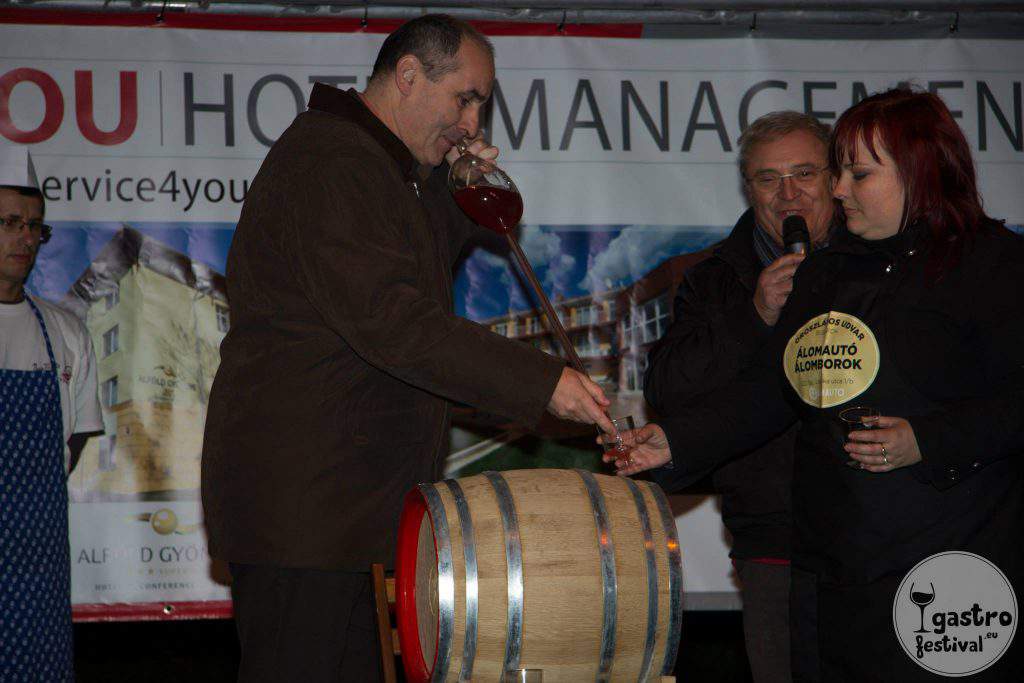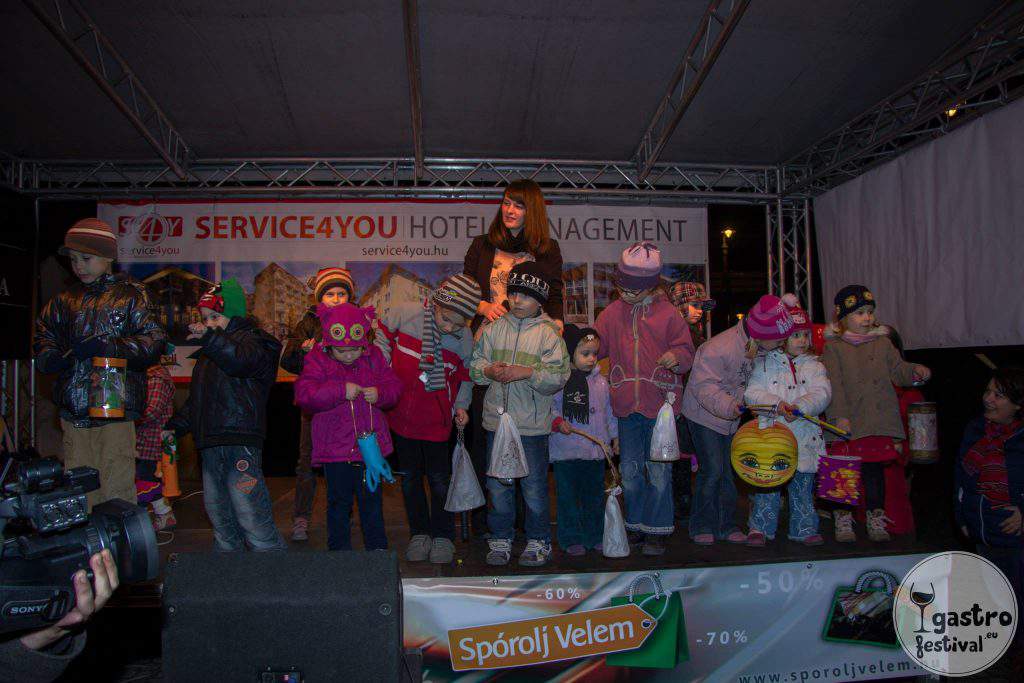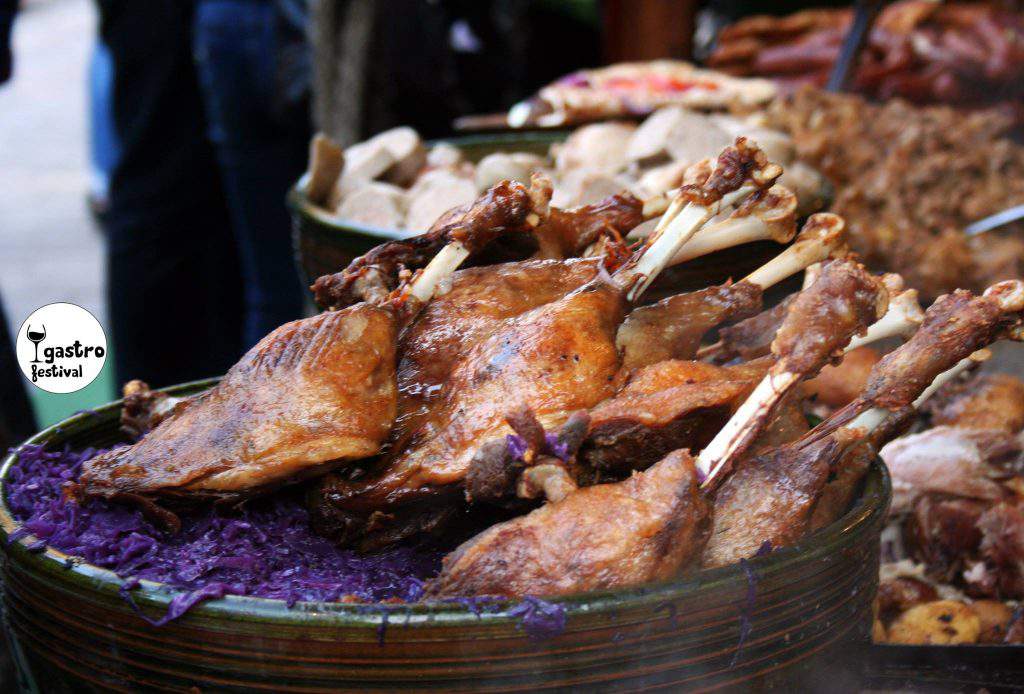Hungarian traditions of Saint Martin’s day

Saint Martin’s day is the 11th of November which in Hungarian folklore traditions signals the end of agricultural work and the coming of advent. This was also the last feast-day before a 40-day period of fast. Conveniently, around this time, the geese were grown enough to be butchered and served in several different dishes alongside the new wine, so this day gave a reason for revelling.
The history behind the day
According to the myth, Martin (or Márton) was born in the 4th century near Savaria (Szombathely) and he became a Roman soldier. At one particularly freezing night, while Martin was riding on horseback in France, he came across a beggar and decided to share his warm cloak with the beggar. That very same night, Jesus appeared in Martin’s dream in the image of the beggar. This was the turning point for him and instead of serving the Roman Empire, he turned to God and started serving him.
But the most interesting part of the saint’s story is when Martin was chosen to be the bishop of Tours’, but he was so meek, he tried to hide from his nomination. Unfortunately for him, he chose the den of the geese and the birds unveiled Martin’s presence with their cackling.

Revels and events of St Martin’s day
St. Martin’s day is the last day preceding the 40-day Christmas fast where snacking and feasting is allowed. This was frequently the time to pay the debts and allowances, sometimes in the form of geese for example.
The delicious dishes and the tasting of the new wine provides a perfect atmosphere in itself, but on top of that, people often organise revels and celebrations. In the German-speaking areas, it is quite common to organise a lantern or torchlight processions. The lantern symbolically carries St. Martin’s good deeds.
After dark, people start marching the street with lanterns or candles and sing St. Martin day songs. Where it is possible, St. Martin leads the marchers on horseback with his red cape which according to legend, he shared or gave to the beggar. Some children will often perform a little play about the St. Martin’s encounter with the beggar.
This type of celebration is also present in some areas of Hungary and it is becoming more and more popular. I personally remember that in Sopron when I was at kindergarten, we marched the streets with our little home-made paper lanterns singing songs until we reached the chapel on the hilltop near the kindergarten.

Traditions of the weather forecast on Saint Martin’s day
According to old experience around this time, the weather worsened and often the first snow has fallen. When this happened, they said that „Saint Martin arrived on a white horse”. If this was the case, then the winter would be mild. If he arrived on a „brown horse”, then they expected a cold and harsh winter. If only a little snow has fallen, he just shakes his beard.
There were also other superstitions connected to this day, such as the prediction by the goose’s bone. If the breastbone of the goose was brown, they expected a rainy winter, if the bone was white, however, they expected a snowy winter. There is a tradition originating from Göcsej, in Zala county according to which it was prohibited to wash and dry clothes during the week of St. Martin’s day because it was believed that it would cause the death of livestock. There is another saying concerning the weather: „If the goose stands on ice on St. Martin’s day, then it will totter in Christmas time”.

Saint Martin’s day dishes and menus
According to customs on 11th of November, people should eat geese because „if someone does not eat geese on St. Martin’s day, they will starve the whole year after”. Thus, the typical dishes of this festive day are made out of goose. Just some examples: goose soup, roasted goose leg with steamed red cabbage, roasted goose liver or smoked goose breast.
Nowadays it is widespread that restaurants will have their own St. Martin’s day menu for the festive day. [Ide lehetne az idei éttermes linket]
Typical side dishes for the goose are the following: balls made from bread crumbs, steamed red cabbage, cabbage salad, boiled or mashed potato, or in certain cases roasted potato, strudels, stuffed vegetables. People can usually find snacks around this time such as baked apple or roasted chestnut which are generally the perfect warm street foods in Autumn in Hungary.

If you want to spend the day in your cosy home, but you would still like to experience the flavours of this special day of Hungary, here are some recipes for you:
Roasted goose
Ingredient (for 4 people): 1 or 2 (depending on size) whole goose for roasting, 4-6 small apples, 4 small twigs of mugwort, 2 teaspoons of wheat flour, salt
Preparation: Salt the skin and inside of the goose, put the apples and mugwort into the belly of the goose. Put a small amount of water into a pan, then cover and steam the goose until it softens. During cooking, its own juices should be often poured onto it in order to prevent it from drying out too much. Before completion, take off the cover and put the whole goose with the pan or an oven-safe container into the oven and roast it until it becomes crispy and golden brown on the outside.
Goose in vegetable gravy
Ingredients (for 4 people): 3-4 goose legs or 1-2 goose breasts, 2 bay leaves, oil, salt, pepper, 1 red onion, 2 cloves of garlic, 1kg of soup vegetables (carrots (white and orange), colerape), 1 tablespoon of flour
Preparation: We sear the chopped pieces of goose in oil for a short time, then put them on a plate. We cook the onion and garlic in the oil until they shrink and get a little bit translucent. Add the bay leaves and the finely grated vegetables and steam for about 10 to 15 minutes, then add the meat and a little meat juice and steam it until they become soft. When finished take the meat out again and add the flour to the vegetable mix and stir and add meat juice until it becomes gravy-like in its consistency. Finally add the pieces of meat again and boil the whole mix again and then serve the dish with some potato fritters.
If you want to try the famous Hungarian goose liver, then here is the recipe.
Recipes: jelesnapok.oszk.hu/prod/unnep/szent_marton
Source: Daily News Hungary





